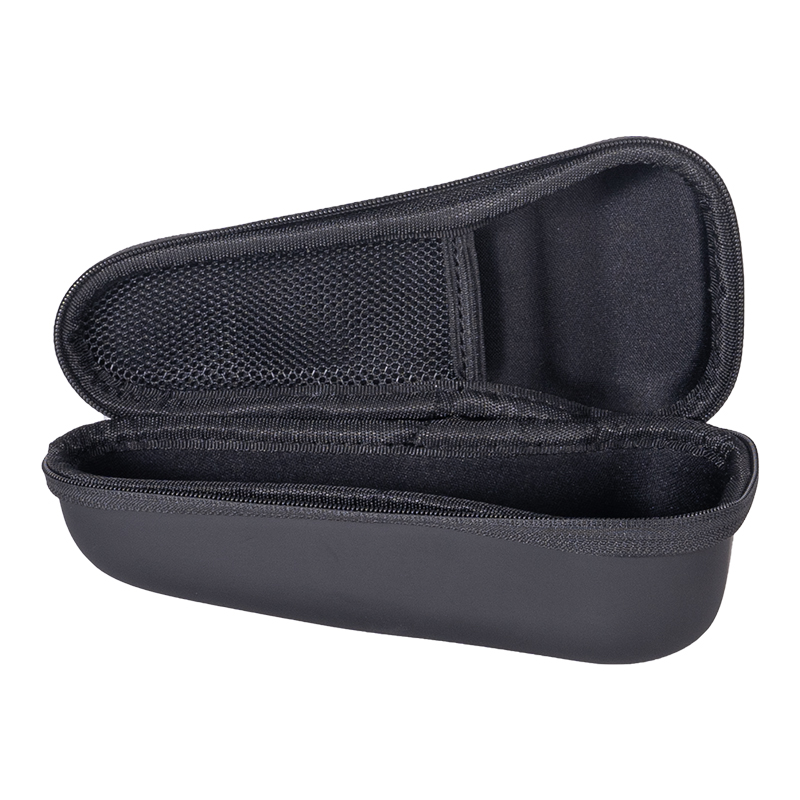

The Importance of Medical Instrument Storage Bags
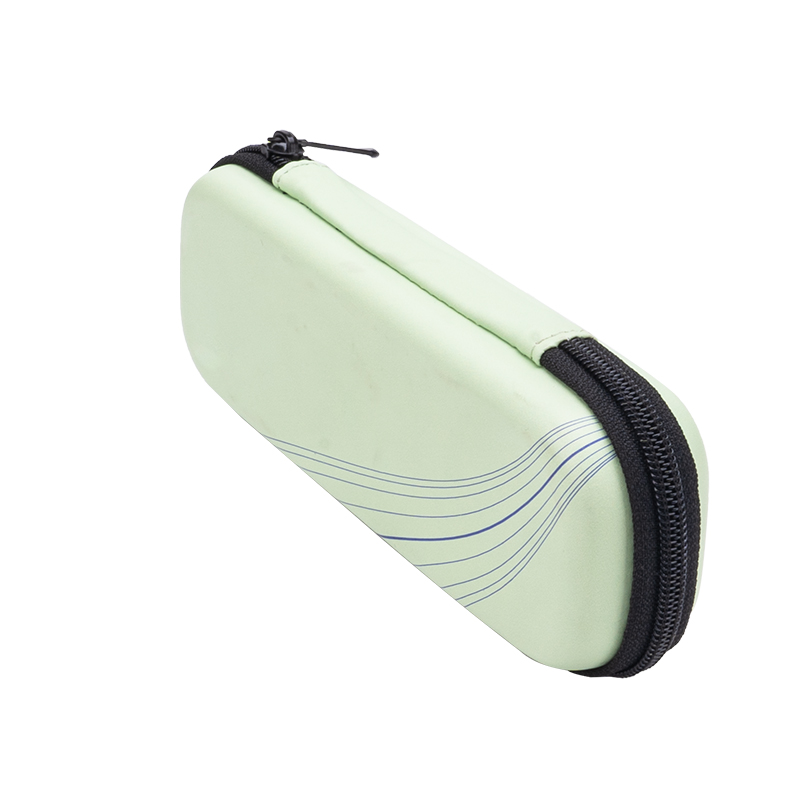
Medical instrument storage bags play a vital role in hospitals, clinics, operating rooms, and field healthcare services. These bags are not only used to carry and transport medical devices but are also crucial for maintaining sterile conditions, preventing cross-contamination, protecting delicate instruments, and improving workflow efficiency. If designed or used improperly, storage bags may cause contamination, delays in medical operations, or even compromise patient safety.
Functions and Applications
Sterility and Isolation
Storage bags are often used to separate “cleaned/high-level disinfected” instruments from “used/contaminated” ones, preventing cross-contamination. Dual-cavity bag designs, for example, provide an effective barrier between clean and soiled compartments.
Ease of Transport
Medical devices must frequently be moved between operating theaters, sterilization units, and patient wards. Storage bags need secure sealing, leak prevention, portability, and clear labeling to identify their contents as clean, used, or high-level disinfected.
Instrument Protection
Many medical tools, such as probes, scopes, or cables, are highly delicate. Storage bags with compartments, retainers, or reinforced supports prevent damage during transportation. Transparent windows further allow quick identification of instruments.
Moisture Retention
To avoid biological residues drying and becoming difficult to remove, some storage bags are designed to maintain moisture until instruments are reprocessed. Studies have shown that controlled humidity helps preserve cleanliness and sterility.
Key Design Considerations
High-quality medical instrument storage bags are typically designed with the following features:
Durable Materials: Medical-grade polymers such as LDPE or TPU that resist tearing, chemicals, and heat.
Sealing Systems: Zippers, drawstrings, or heat seals to prevent leaks of fluids or contaminants, often with “biohazard” or “sterile” labels.
Compartments & Support: Internal divisions, transparent sub-bags, or retainer plates to stabilize instruments.
Size & Capacity: Tailored to specific medical tools (e.g., endoscopes vs. single-use instruments).
Clear Identification: Color coding, printed labels, or transparent windows for quick recognition.
Ease of Cleaning & Durability: Surfaces that can be disinfected repeatedly and withstand routine sterilization.
Usage Guidelines
To maximize the safety and performance of storage bags, medical staff should follow these practices:
Segregation and Labeling: Instruments should be rinsed immediately after use, sorted, and sealed in clearly labeled bags.
Environmental Control: Maintain storage conditions with moderate humidity and temperature to reduce contamination risks.
Routine Inspections: Regularly check bags for sealing effectiveness, wear, or labeling issues.
Staff Training: Ensure personnel understand the differences between bag types (for endoscopes, general surgical tools, or samples).
Waste and Reuse Protocols: Disposable bags should be treated as biohazard waste; reusable bags must be thoroughly cleaned and disinfected after each cycle.
Challenges and Future Trends
Despite their widespread use, medical instrument storage bags still face several challenges:
Cost vs. Quality: Premium materials and advanced sealing features raise costs, which can burden smaller healthcare facilities.
Sterility During Long-Term Storage: In humid or tropical climates, maintaining sterility over extended periods remains difficult.
Environmental Impact: Many storage bags are single-use plastics, contributing to medical waste. The future points toward biodegradable or reusable solutions.
Integration of Smart Features: Emerging designs may include embedded humidity/temperature monitors, leak detectors, or RFID tags for better tracking and management.
Conclusion
Medical instrument storage bags are far more than simple carriers. They are essential tools for infection control, patient safety, and operational efficiency. The best designs combine durability, secure sealing, effective compartmentalization, and clear labeling, while strict usage protocols ensure maximum safety.
Dongguan Chfine Luggages And Cases Co., Ltd., with its expertise in producing high-quality luggage and protective cases, has the potential to contribute significantly to this field. By leveraging advanced materials, precision design, and durable craftsmanship, the company could play a key role in developing innovative medical instrument storage solutions that meet global standards for healthcare safety and efficiency.
Recommend news
Related information
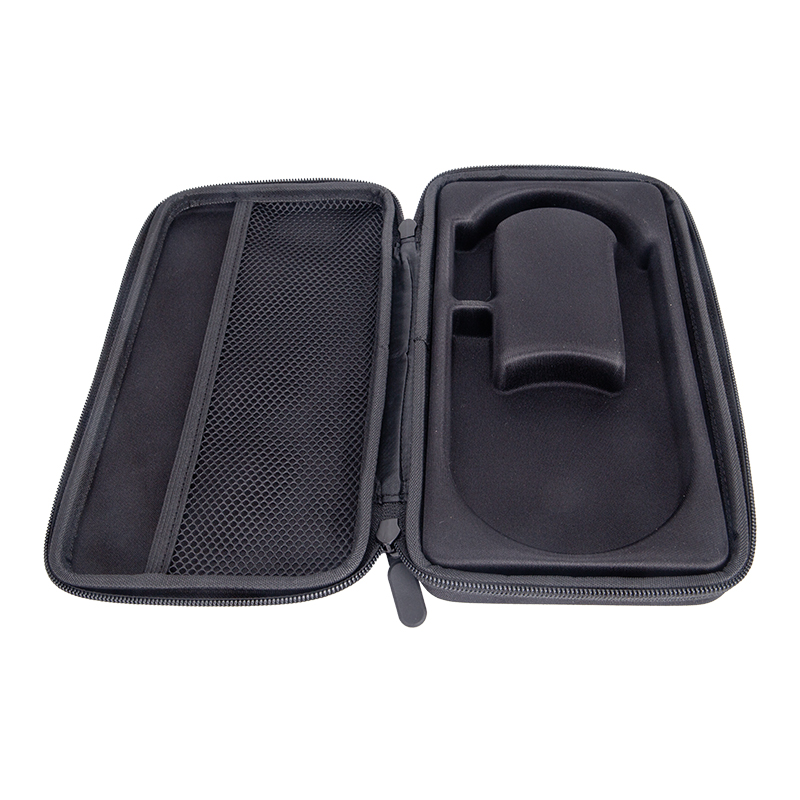
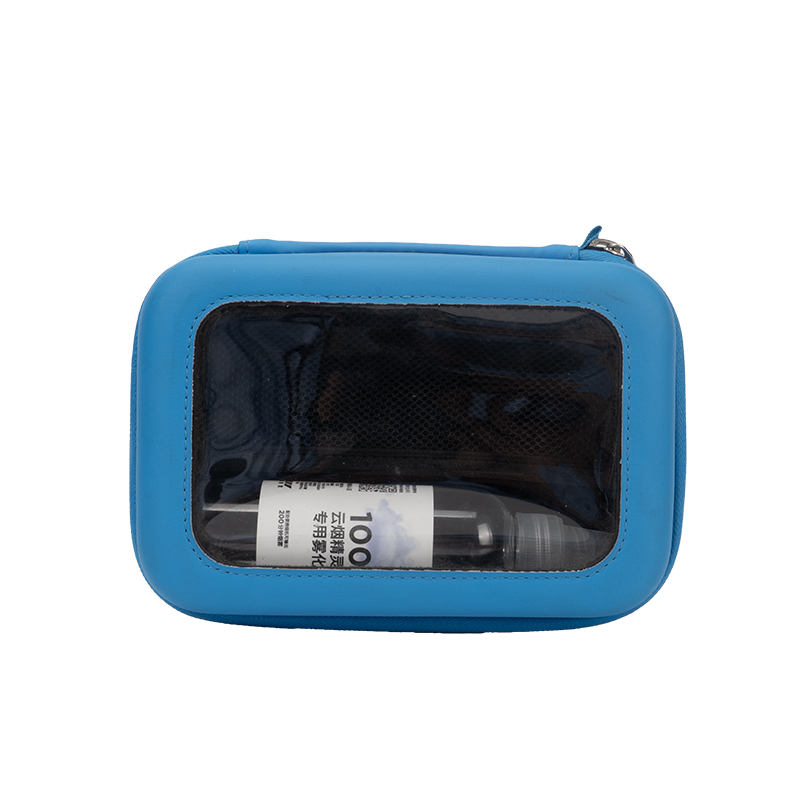
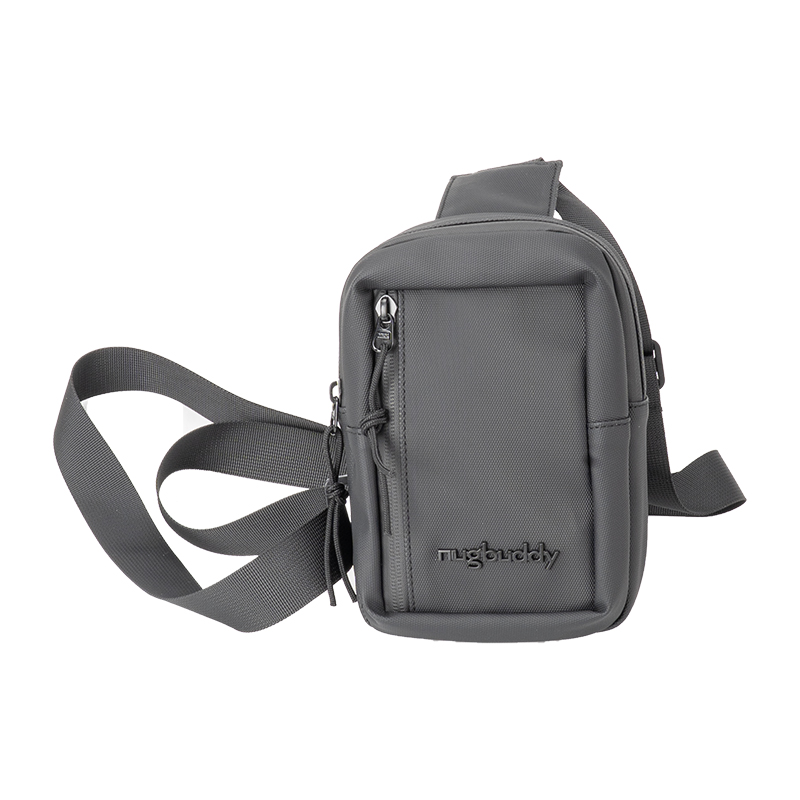

Contact Us
Contact: Roger Young
Tel: +86 13829257690
Email:sale@chfine.com
Address: 72#,Dongbao Road,Houjie Town,Dongguan,Guangdong,China.
JOIN TEAM
Be the first to get new knowledge
FOLLOW







Chfine(CN) | EVACAMARA CASE | RX packaging
COPYRIGHT @ 2022 ,Dongguan Chfine Luggages And Cases Co., Ltd. All rights reserved






